News Beat
News Beat reporting is an idrw.org initiative to let our Readers to report News Based on Actual facts but some how has not been reported in Main Stream Media .
SOURCE: RAUNAK KUNDE / NEWS BEAT / IDRW.ORG

In a development first reported by idrw.org, India’s state-owned Hindustan Aeronautics Limited (HAL) is making a strong case for the indigenous development of Medium Transport Aircraft (MTA). This comes amidst interest from established players like Lockheed Martin, Embraer, and Airbus who have submitted bids to the Indian Air Force (IAF) for the project.
An anonymous HAL official, citing authorization limitations, revealed to idrw.org that the company is awaiting the IAF’s decision on the desired cargo-carrying capacity for the MTA. Upon receiving this information, HAL’s Kanpur division is prepared to conduct feasibility studies for the local development of an MTA-class aircraft.
Continue readingSOURCE: RAUNAK KUNDE / NEWS BEAT / IDRW.ORG

The Indian Air Force (IAF) is setting its sights on a potent one-two punch for its fighter jet arsenal. Following the successful integration of the Astra MkI Beyond-Visual-Range Air-to-Air Missile (BVRAAM), the IAF is now exploring the integration of the Rudram-1 missile onto two of its key fighter platforms: the Rafale and the Tejas Mk1A.
The Rudram-1, also known as the New Generation Anti-Radiation Missile (NGARM), is an indigenous air-to-surface missile designed in collaboration with Dassault Aviation. This missile excels at neutralizing enemy air defence systems, including surveillance and tracking radars, as well as communication networks.
Continue readingSOURCE: RAUNAK KUNDE / NEWS BEAT / IDRW.ORG

Indian drone manufacturer Kadet Defence Systems (KDS) has made significant strides in the realm of aerial targets with its latest innovation, the Anudishya jet-powered aerial target. This cutting-edge platform is poised to revolutionize high-speed interception and precision strike capabilities, with performance metrics that set a new standard in the industry.
The Anudishya aerial target is designed to perform high-speed interceptions and precision strikes at distances exceeding 300 kilometres. Its ability to cover vast distances with pinpoint accuracy makes it an invaluable asset for both offensive and defensive military operations. The integration of a jet engine enables the Anudishya to reach speeds over 500 kilometres per hour, significantly enhancing its responsiveness and effectiveness in complex operational scenarios.
Continue readingSOURCE: RAUNAK KUNDE / NEWS BEAT / IDRW.ORG
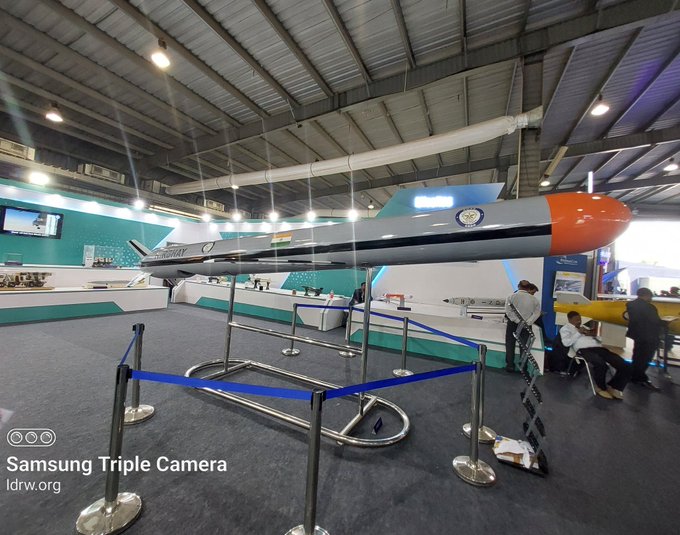
The Defence Research and Development Organisation’s (DRDO) Advanced Defence Establishment (ADE) is on a roll. Following the successful development of the land-based Long Range Land Attack Cruise Missile (LRLACM) and its predecessor, the ITCM, ADE is now setting its sights on a naval variant.
The next chapter in the LRLACM story is the development of a ship-launched version. This sea-based missile will be integrated with a frontline warship to undergo further developmental trials. Fortunately, DRDO has already developed the Universal Vertical Launch Module (UVLM) cells required for the LRLACM program, paving the way for seamless integration.
Continue readingSOURCE: RAUNAK KUNDE / NEWS BEAT / IDRW.ORG
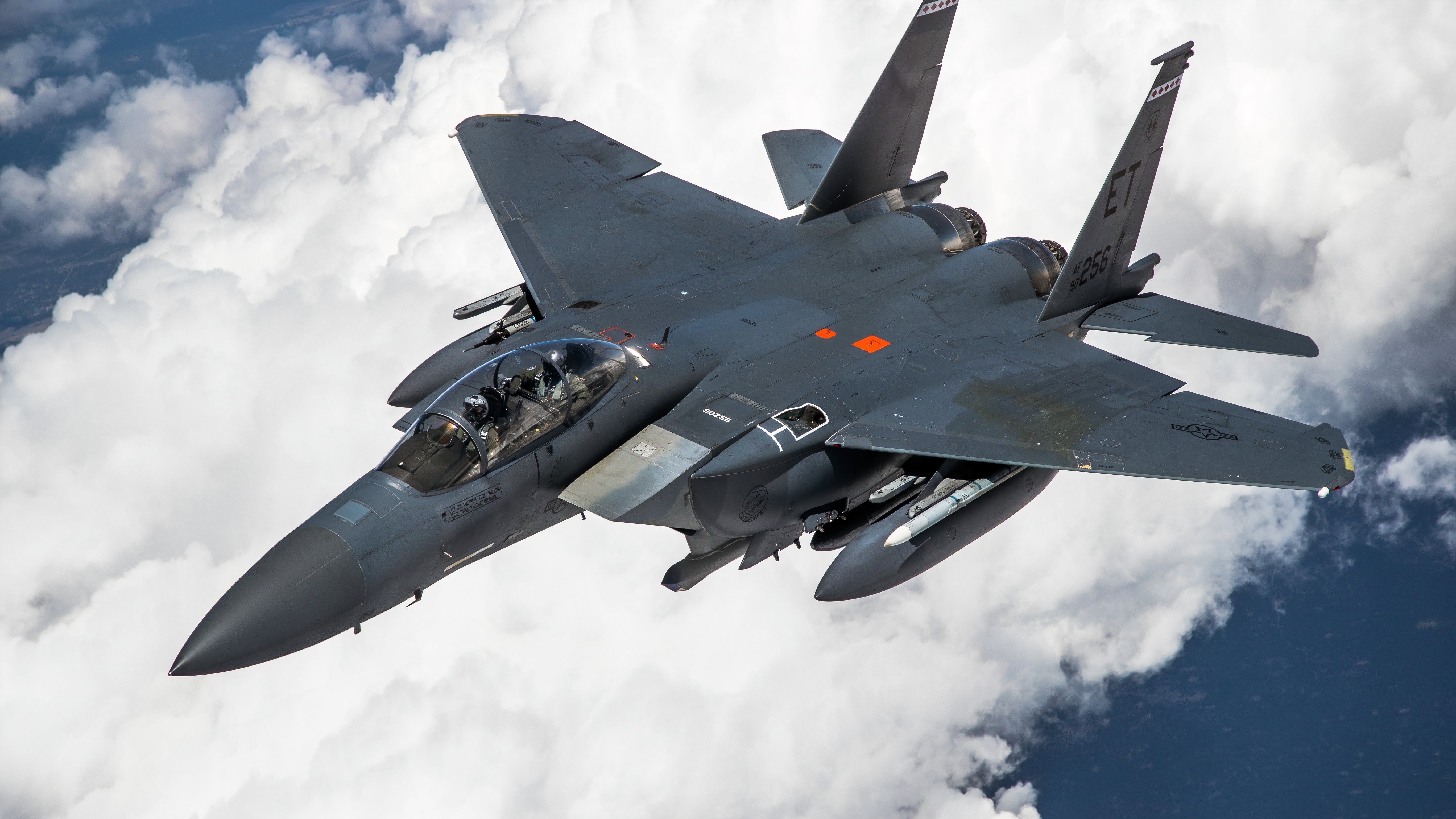
In its ambitious bid to modernize and expand its aerial combat capabilities, the Indian Air Force (IAF) is set to acquire 114 multi-role combat aircraft (MRCA) from the global market. Among the contenders, The Boeing Company’s F-15EX Eagle-II stands out as a highly capable and advanced option. This aircraft offers cutting-edge technology and exceptional performance metrics, making it a strong candidate for the IAF’s MRCA program.
Boeing’s confidence in the F-15EX making the final cut stems from significant improvements and its impressive capabilities compared to previous offerings. During the last MRCA selection process, Boeing had proposed the F-18 E/F fighter jets, which did not progress past the technical evaluation rounds. However, with the F-15EX, Boeing is optimistic about a different outcome.
Continue readingSOURCE: RAUNAK KUNDE / NEWS BEAT / IDRW.ORG

Russia has potentially revived its bid for India’s Light Utility Helicopter (LUH) program with a modified proposal. This comes after negotiations for the Ka-226T helicopter stalled due to engine localization issues.
Russia’s recent successful test of the VK-650V turboshaft engine prototype might be a game-changer. This indigenously developed 650-750 horsepower engine is designed to replace engines like the French Safran sourced powerplant that previously hindered the Ka-226T’s localization efforts in India.
Continue readingSOURCE: RAUNAK KUNDE / NEWS BEAT / IDRW.ORG
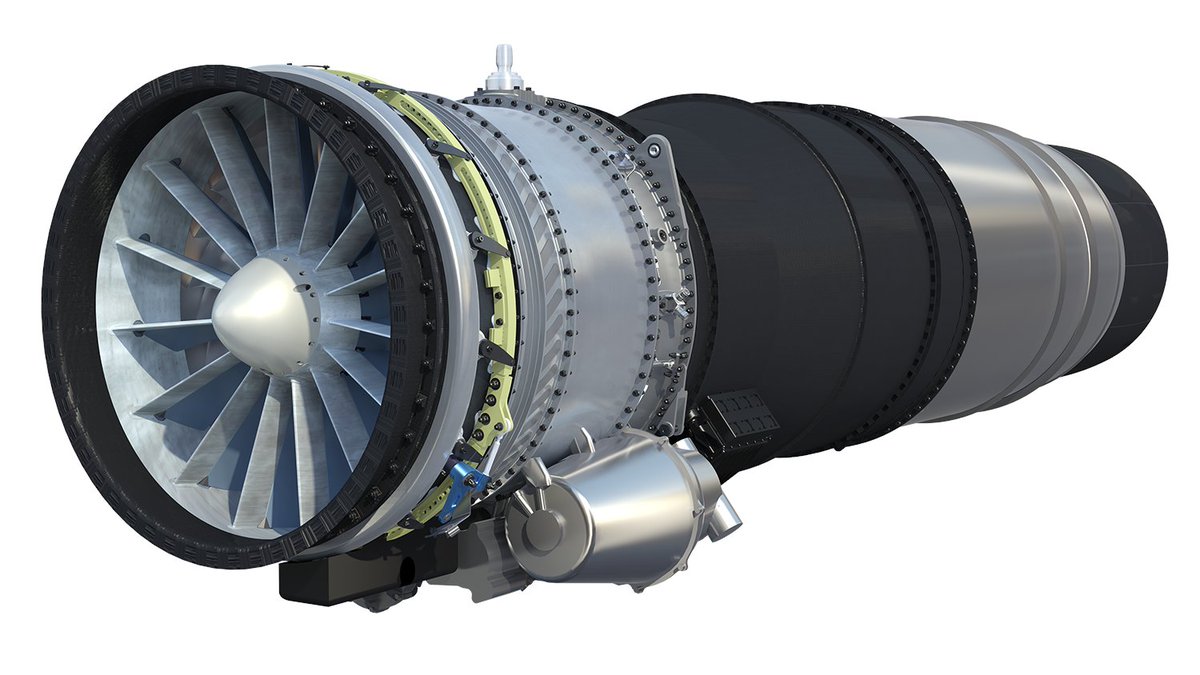
Dr Sanjay Kumar Jha, the Director (Production & Marketing) and Chairman & Managing Director of Mishra Dhatu Nigam Limited (MIDHANI) has confirmed the company’s proactive involvement in India’s cutting-edge defence projects. MIDHANI is set to play a crucial role in developing materials for the upcoming 110-kilonewton (kN) thrust engine, part of the Advanced Medium Combat Aircraft (AMCA) program, and also for the F-414 engines in the Tejas MkII program.
MIDHANI is already in discussions with the Gas Turbine Research Establishment (GTRE), a key laboratory under the Defence Research and Development Organisation (DRDO). The focus is on developing high-performance materials essential for the 110kN thrust engine, which is a pivotal component of the fifth-generation AMCA fighter jets.
Continue readingSOURCE: RAUNAK KUNDE / NEWS BEAT / IDRW.ORG
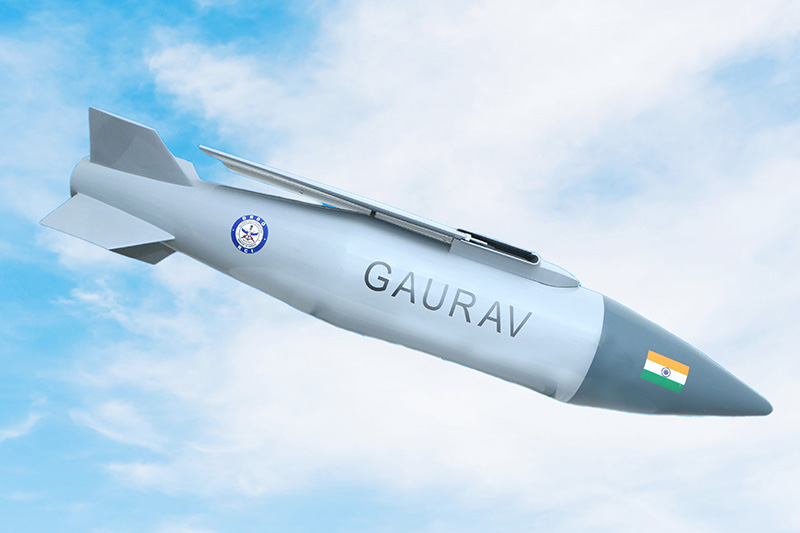
The Indian Air Force (IAF) is set to significantly boost its aerial firepower with the planned acquisition of 500 units of the indigenously developed Gaurav Long Range Glide Bomb (LRGB). Developed by the Defense Research and Development Organization (DRDO), the Gaurav LRGB is a long-range, air-to-surface precision weapon designed to neutralize enemy targets with high accuracy.
Thanks to its wings, the Gaurav LRGB boasts an impressive range of over 80 kilometers, allowing the IAF to engage targets from a safe distance. Equipped with an inertial navigation guidance system with digital control, the Gaurav LRGB promises pinpoint accuracy, minimizing collateral damage.
Continue readingSOURCE: RAUNAK KUNDE / NEWS BEAT / IDRW.ORG

Adani Defence & Aerospace has emerged victorious in the race for the Netra II project, a significant development for India’s aerial defense capabilities. Adani Defence & Aerospace has been has been declared as the L1 entity for integration and delivery of various sensors in the project along with DRDO.
Centre For Air Borne System (CABS) of DRDO that has developed the most of the primarily and Secondary sensors will be Transferring its ToT for further Production to the firm. The Netra II project will see development of six Airborne Early Warning and Control (AEW&C) aircraft. These advanced systems act as force multipliers, offering unmatched capabilities in detecting and tracking airborne threats like enemy aircraft, missiles, and drones.
Continue readingSOURCE: RAUNAK KUNDE / NEWS BEAT / IDRW.ORG
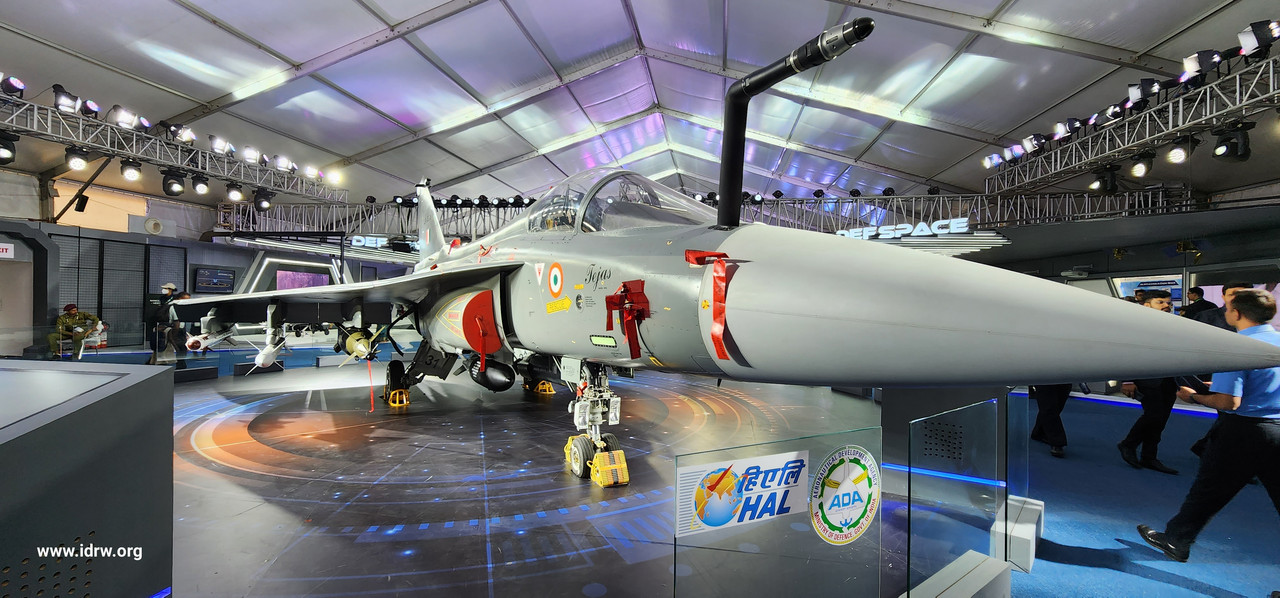
The Nashik region is experiencing an economic resurgence after a period of hardship. The closure of the Su-30MKI production line led to a significant decline in component orders, forcing around 400 local suppliers to shut down their shops. However, the inauguration of the third Light Combat Aircraft (LCA) Tejas production line in Nashik signals a brighter future.
This new line is poised to be the birthplace of the first LCA-Tejas Mk1A later this year. The project is expected to breathe new life into the local economy. Nashik’s selection isn’t a coincidence. The large presence of Hindustan Aeronautics Limited (HAL) in Bangalore, coupled with the existence of two existing LCA-Tejas production lines there, made it a natural fit.
Continue readingSOURCE: RAUNAK KUNDE / NEWS BEAT / IDRW.ORG
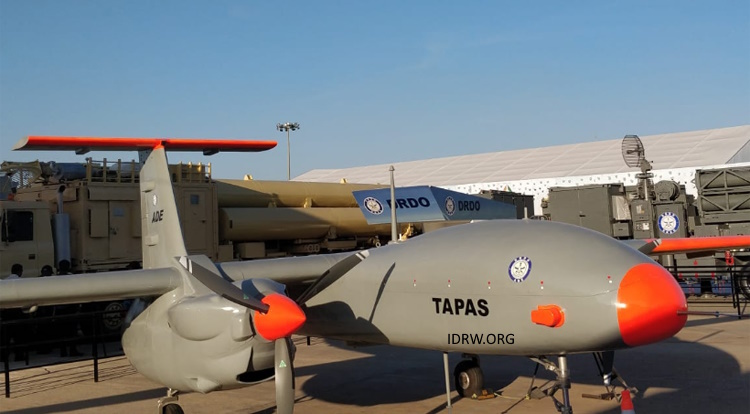
The Defence Research and Development Organisation (DRDO) is gearing up for a crucial test of its Tapas Medium Altitude Long Endurance (MALE) Unmanned Aerial Vehicle (UAV). In the coming months, Tapas will attempt to reach an altitude of 32,000 feet, a significant improvement over its previous performance.
This push for higher altitude capability comes after DRDO implemented weight reduction and drag reduction measures on the Tapas. These modifications aim to enhance the UAV’s overall performance and meet the Indian Air Force’s (IAF) requirements.
Continue readingSOURCE: RAUNAK KUNDE / NEWS BEAT / IDRW.ORG
The US defence industry is ramping up its efforts to secure a foothold in India’s massive military modernization plans. Following its offer to co-develop Stryker-based armoured vehicles, the Pentagon now sets its sights on the colossal Future Ready Combat Vehicle (FRCV) program.
The FRCV project, valued at Rs 57,000 crore, aims to replace India’s ageing fleet of T-72 tanks with 1,770 next-generation combat vehicles by 2030-35. These advanced machines will boast cutting-edge features like Artificial Intelligence (AI), integrated drone capabilities, and active protection systems.
Continue readingSOURCE: RAUNAK KUNDE / NEWS BEAT / IDRW.ORG
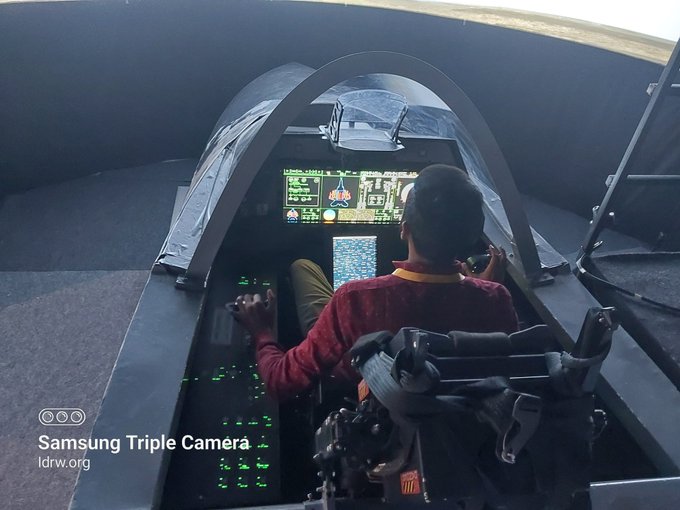
The Indian Air Force’s (IAF) dream of a homegrown fifth-generation fighter jet, the Advanced Medium Combat Aircraft (AMCA), is inching closer to reality. Following approval from the Cabinet Committee on Security (CCS) earlier this year, the development program has received a significant boost.
According to information obtained by idrw, the first prototype of the AMCA is expected to take flight within the next four and a half years, placing its first flight in late 2028. Industry sources have revealed that while the rollout of the first prototype might happen by late 2027 or early 2028, work on the second prototype will progress simultaneously. This ensures the second aircraft is ready to join developmental flight trials by 2029.
Continue readingSOURCE: RAUNAK KUNDE / NEWS BEAT / IDRW.ORG

The Indian Air Force (IAF) is reigniting its quest for a new fleet of helicopters to transport the country’s VVIPs, including the President, Vice President, and Prime Minister. This move comes nearly a decade after the controversial AgustaWestland deal collapsed due to corruption allegations.
The IAF headquarters is currently finalizing the Air Staff Quality Requirements (ASQR) document, which outlines the essential characteristics of the desired VVIP helicopter. This crucial document dictates factors like quality standards, technical specifications, budget constraints, and the level of competition expected from potential bidders.
Continue readingSOURCE: RAUNAK KUNDE / NEWS BEAT / IDRW.ORG
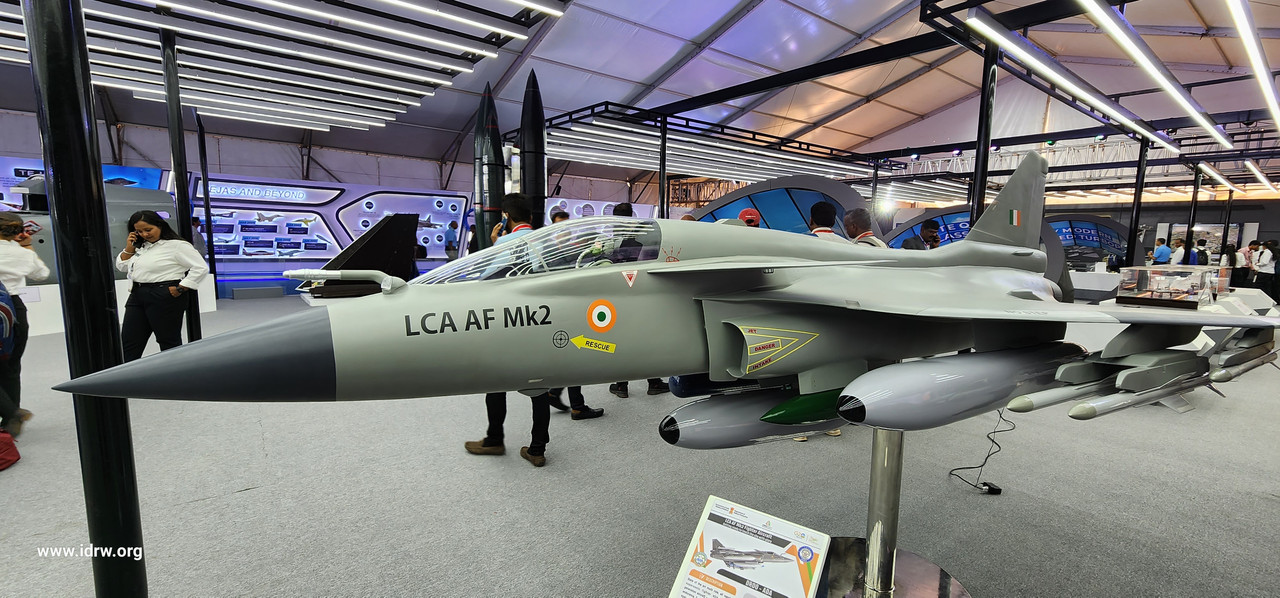
As the battlefield transforms into a digital landscape, modern fighter jets are no longer just marvels of engineering, but integrated weapon systems heavily reliant on sophisticated software. This is precisely why the Indian Air Force’s (IAF’s) Tejas MkII program prioritizes adaptable software as a critical factor for its longevity and combat effectiveness.
Unlike traditional methods where software updates can take months of development and testing, the Tejas MkII program will focus on adaptable software. This allows the IAF to iterate and update software functionalities within a timeframe of weeks, ensuring the aircraft stays ahead of the curve in a rapidly evolving technological landscape.
Continue reading